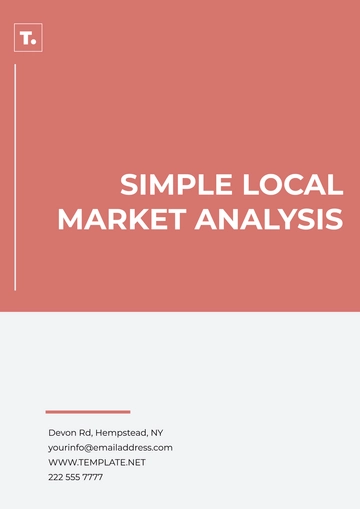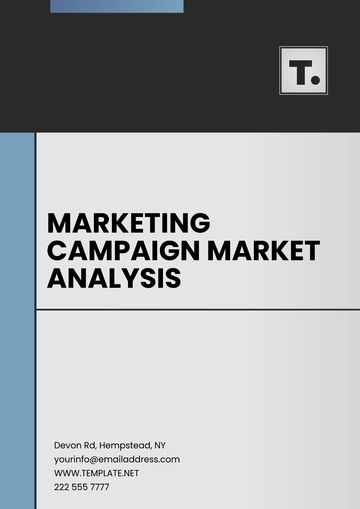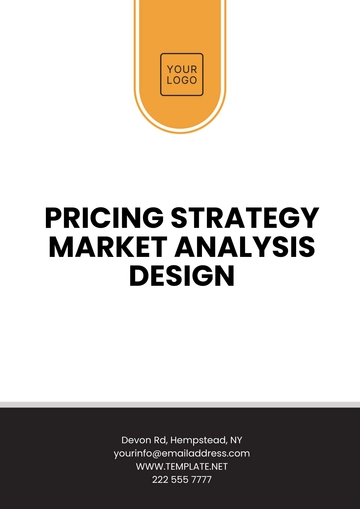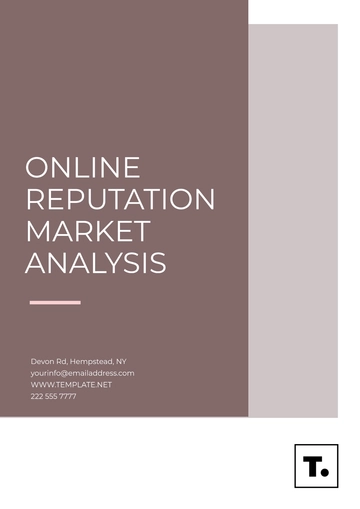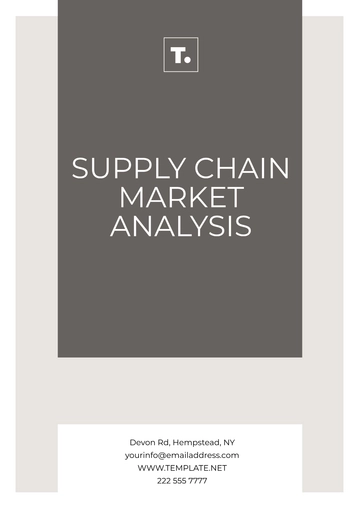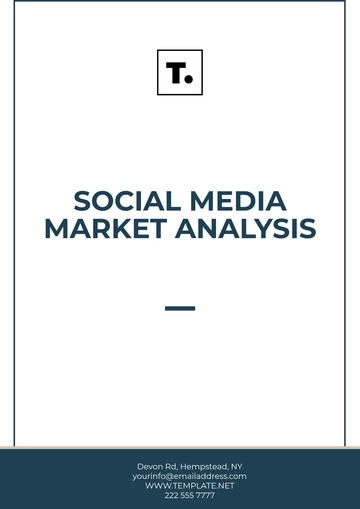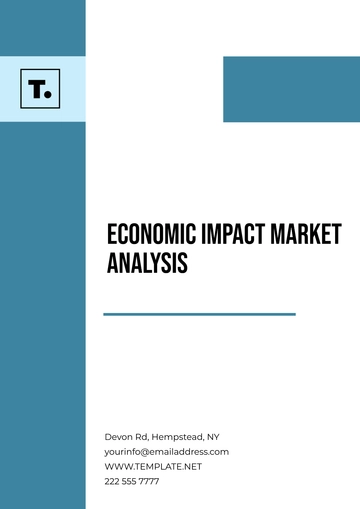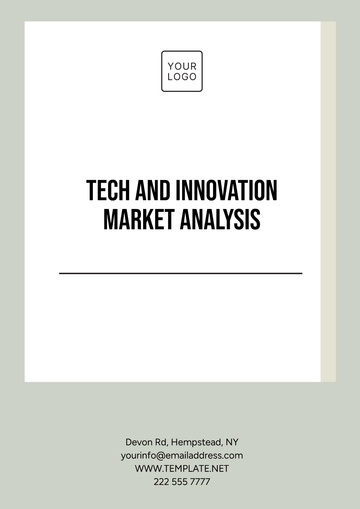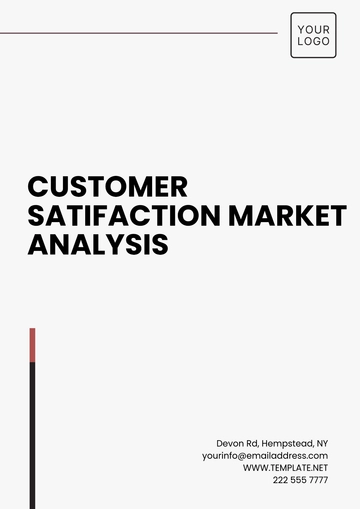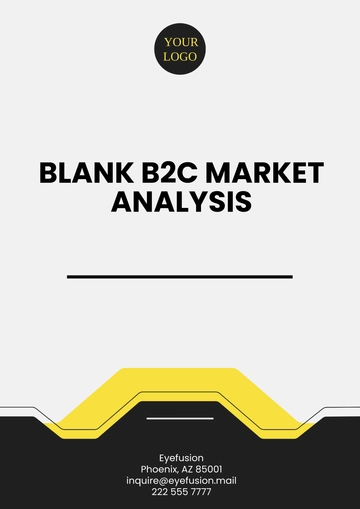Free Hotel P&L Analysis
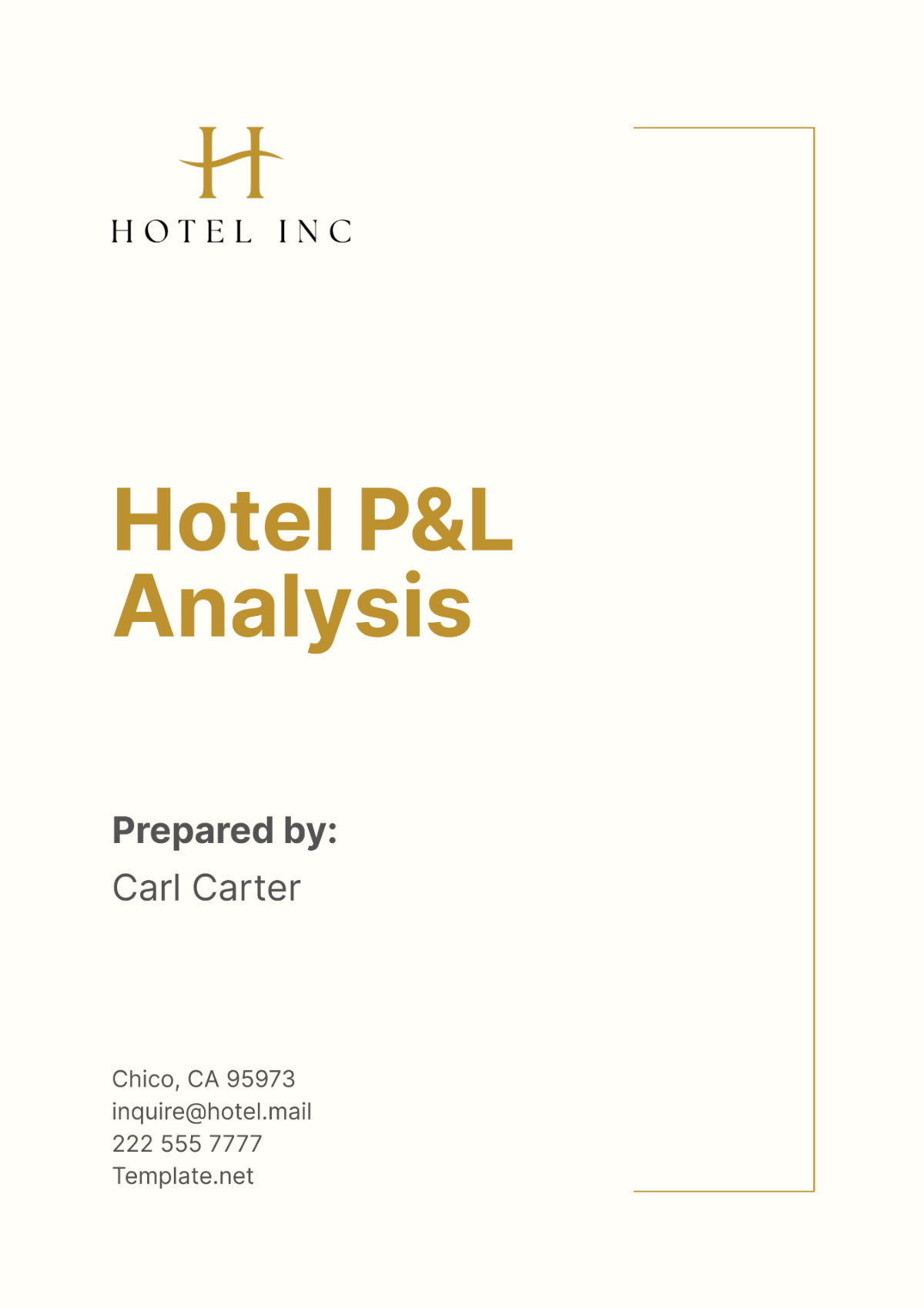
I. Executive Summary
In the fiscal year 2055, [Your Company Name], a premier hotel, experienced a notable financial performance. The overall revenue amounted to $25,450,000, with major revenue streams being room bookings, food and beverage sales, and event hosting services. Despite a competitive market, the hotel maintained a strong occupancy rate of 85%, reflecting the effectiveness of our marketing strategies and customer loyalty programs.
The operational costs were tightly controlled, amounting to $15,780,000, which included expenses related to staff salaries, utility costs, and maintenance. This prudent cost management enabled the hotel to achieve a gross operating profit of $9,670,000. The profit margin stood at 30%, showcasing our efficiency in managing resources and maximizing revenue streams.
Looking ahead, [Your Company Name] aims to leverage technological advancements to enhance customer experience and operational efficiency. Investments in sustainable practices and digital transformation are expected to further strengthen our market position and drive profitability in the coming years.
II. Introduction
A. Company Overview
[Your Company Name] is a leading hotel renowned for its luxurious accommodations, exceptional service, and prime location. Established in 2050, the hotel has consistently delivered superior hospitality, making it a preferred choice for both leisure and business travelers. Our commitment to quality and guest satisfaction has earned us a strong reputation and a loyal customer base. With a diverse range of amenities and services, we cater to a wide array of guest needs, ensuring a memorable stay for every visitor.
B. Purpose of Analysis
The purpose of this Profit and Loss (P&L) analysis is to provide a comprehensive examination of [Your Company Name]'s financial performance for the fiscal year 2055. By analyzing key revenue and expense categories, we aim to gain insights into our profitability and operational efficiency. This analysis will help identify strengths, weaknesses, and opportunities for improvement, guiding strategic decision-making for future growth.
C. Scope of Analysis
This analysis covers the primary revenue streams, major expense categories, gross operating profit, and net profit margin of [Your Company Name]. Additionally, it includes a comparative analysis with previous fiscal years and industry benchmarks to assess our financial health and competitive position. The insights derived from this analysis will be crucial for strategic planning and enhancing our market performance.
III. Revenue Analysis
A. Room Revenue
The following chart and table present the room revenue details:
Category | Amount |
|---|---|
Standard Rooms | $10,500,000 |
Deluxe Rooms | $8,250,000 |
Suites | $4,200,000 |
Conference Room Rentals | $2,500,000 |
Standard Rooms: Standard rooms generated $10,500,000, reflecting their high demand and competitive pricing. This category caters to a broad segment of travelers, ensuring a steady revenue stream.
Deluxe Rooms: Deluxe rooms contributed $8,250,000, appealing to guests seeking enhanced comfort and amenities. The higher price point of deluxe rooms boosts overall revenue.
Suites: Suites, catering to premium guests, accounted for $4,200,000. These luxurious accommodations attract high-spending travelers, significantly contributing to revenue.
Conference Room Rentals: Conference room rentals added $2,500,000, driven by business events and meetings. This revenue stream highlights the importance of our facilities for corporate clients.
The diverse room offerings cater to different customer segments, enhancing overall revenue. The high occupancy rate of 85% and strategic pricing contributed to the robust room revenue. Continued investment in room amenities and customer service is expected to sustain and grow this revenue stream.
B. Food and Beverage Revenue
The following table presents the food and beverage revenue details:
Category | Amount |
|---|---|
Restaurant Sales | $6,000,000 |
Bar Sales | $3,200,000 |
Catering Services | $2,300,000 |
Restaurant Sales: Restaurant sales were the largest contributor at $6,000,000, driven by the hotel's reputation for fine dining. Our restaurant attracts both guests and local patrons, ensuring a steady flow of revenue.
Bar Sales: Bar sales generated $3,200,000, reflecting a strong evening clientele. The bar's vibrant atmosphere and quality offerings make it a popular spot for both guests and locals.
Catering Services: Catering services brought in $2,300,000, popular for events and conferences. This segment benefits from our expertise in providing high-quality food and service for various events.
Food and beverage revenue is crucial for enhancing guest experience and retaining customers. The variety of dining options meets different guest preferences, while catering services attract corporate clients. Enhancing menu offerings and service quality will be key to sustaining growth in this segment.
C. Event Revenue
The following table presents the event revenue details:
Category | Amount |
|---|---|
Corporate Events | $1,800,000 |
Weddings | $1,200,000 |
Other Events | $900,000 |
Corporate Events: Corporate events generated the highest revenue at $1,800,000, due to our well-equipped conference facilities and professional event management. These events leverage our prime location and comprehensive amenities.
Weddings: Weddings contributed $1,200,000, as the hotel is a popular venue for upscale weddings. Our scenic venue and bespoke services attract couples seeking a memorable wedding experience.
Other Events: Other events, including private parties and social gatherings, accounted for $900,000. These events highlight the hotel's versatility in hosting various types of gatherings.
Event revenue is a growing segment for the hotel. Corporate events benefit from our prime location and comprehensive amenities, while weddings leverage our scenic venue and bespoke services. Expanding our event services and marketing will further enhance this revenue stream.
IV. Expense Analysis
A. Operational Expenses
The following table presents the operational expenses:
Category | Amount |
|---|---|
Staff Salaries | $8,000,000 |
Utilities | $3,500,000 |
Maintenance | $2,000,000 |
Administrative Costs | $2,280,000 |
Staff Salaries: Staff salaries represent the largest expense category at $8,000,000, reflecting our commitment to hiring and retaining skilled personnel. This expense ensures high service quality and guest satisfaction.
Utilities: Utilities, essential for daily operations, amounted to $3,500,000. Efficient management of energy consumption helps control these costs.
Maintenance: Maintenance costs were $2,000,000, ensuring the upkeep of our facilities. Regular maintenance is crucial for preventing larger, more costly repairs.
Administrative Costs: Administrative costs stood at $2,280,000, covering various operational expenses. These include office supplies, legal fees, and insurance.
Efficient management of operational expenses is critical to maintaining profitability. Investing in staff training and energy-efficient utilities can help control costs without compromising service quality. Regular maintenance ensures the longevity of assets, reducing long-term expenses.
B. Marketing Expenses
The following table presents the marketing expenses:
Category | Amount |
|---|---|
Digital Marketing | $1,200,000 |
Traditional Media | $800,000 |
Promotions | $700,000 |
Loyalty Programs | $600,000 |
Digital Marketing: Digital marketing was the largest expense at $1,200,000, reflecting the shift towards online advertising. This expense includes social media campaigns, search engine optimization, and online ads.
Traditional Media: Traditional media, including print and TV ads, cost $800,000. These channels help maintain brand visibility and reach a broader audience.
Promotions: Promotions, aimed at attracting guests, accounted for $700,000. Seasonal promotions and special offers drive short-term sales.
Loyalty Programs: Loyalty programs, designed to retain customers, amounted to $600,000. These programs encourage repeat bookings and enhance customer loyalty.
Effective marketing is essential for attracting and retaining customers. Digital marketing offers cost-effective targeting and broad reach, while traditional media enhances brand visibility. Promotions drive short-term sales, and loyalty programs ensure long-term customer retention. Balancing these expenses is key to optimizing marketing ROI.
V. Profitability Analysis
A. Gross Operating Profit
The following table presents the gross operating profit:
Category | Amount |
|---|---|
Total Revenue | $25,450,000 |
Total Operating Expenses | $15,780,000 |
Gross Operating Profit | $9,670,000 |
Total Revenue: Total revenue amounted to $25,450,000, driven by high occupancy rates and diverse revenue streams. This reflects the effectiveness of our marketing and operational strategies.
Total Operating Expenses: Total operating expenses were $15,780,000, including costs for staff salaries, utilities, maintenance, and administrative expenses. Efficient cost management contributed to controlling these expenses.
Gross Operating Profit: Gross operating profit stood at $9,670,000, derived from the difference between total revenue and total operating expenses. This profit level showcases our efficiency in managing resources and maximizing revenue.
Achieving a high gross operating profit is a testament to our effective operational strategies. It highlights the importance of maintaining high occupancy rates, diverse revenue streams, and controlled expenses. Continued focus on operational efficiency and revenue maximization will drive future profitability.
B. Net Profit Margin
The following table presents the net profit margin:
Category | Amount |
|---|---|
Gross Operating Profit | $9,670,000 |
Taxes and Non-Operating Expenses | $2,175,000 |
Net Profit | $7,495,000 |
Net Profit Margin | 30% |
Gross Operating Profit: Gross operating profit of $9,670,000, indicates our strong financial performance before accounting for taxes and other non-operational expenses.
Taxes and Non-Operating Expenses: Taxes and non-operating expenses amounted to $2,175,000, including income taxes, interest payments, and other non-operational costs.
Net Profit: Net profit was $7,495,000, highlighting our ability to convert gross profit into actual profit after accounting for all expenses.
Net Profit Margin: The net profit margin stood at 30%, reflecting our overall profitability and efficiency in managing both operational and non-operational expenses.
Maintaining a healthy net profit margin is crucial for sustainable growth. It allows for reinvestment in the business, funding for expansion, and provision of shareholder returns. Strategies to enhance revenue and control costs will be pivotal in sustaining high net profit margins.
VI. Comparative Analysis
A. Year-over-Year Comparison
The following chart and table present the year-over-year financial comparison for 2054 and 2055:
Category | 2054 | 2055 | Change |
|---|---|---|---|
Total Revenue | $24,000,000 | $25,450,000 | 6.04% |
Total Operating Expenses | $15,000,000 | $15,780,000 | 5.20% |
Gross Operating Profit | $9,000,000 | $9,670,000 | 7.44% |
Total Revenue: Total revenue increased by 6.04%, reflecting successful marketing and customer retention strategies. This growth indicates our ability to attract and retain guests despite market competition.
Total Operating Expenses: Operating expenses rose by 5.20%, slightly below the revenue growth rate, indicating effective cost control. Managing expenses in line with revenue growth ensures profitability.
Gross Operating Profit: Gross operating profit increased by 7.44%, demonstrating improved operational efficiency. This growth reflects our success in maximizing revenue while controlling costs.
Year-over-year comparison provides insights into our financial trajectory. The growth in revenue and gross operating profit indicates successful business strategies. Continued focus on innovation, customer experience, and cost management will sustain this positive trend.
B. Industry Benchmark Comparison
The following table presents our financial performance compared to industry benchmarks:
Category | [Your Company Name] | Industry Average |
|---|---|---|
Occupancy Rate | 85% | 80% |
Gross Operating Profit | 38% | 35% |
Net Profit Margin | 30% | 25% |
Occupancy Rate: Our occupancy rate of 85% surpasses the industry average of 80%, reflecting strong demand for our services. High occupancy rates are a key driver of revenue and profitability.
Gross Operating Profit: The gross operating profit margin of 38% exceeds the industry average of 35%, showcasing our superior operational efficiency. Effective cost management and revenue strategies contribute to this performance.
Net Profit Margin: The net profit margin of 30% also exceeds the industry average of 25%, indicating our strong overall profitability. Efficient management of both operational and non-operational expenses supports this result.
Benchmarking against industry standards highlights our competitive strengths. Higher occupancy rates and profitability margins demonstrate our market leadership. Ongoing investment in service quality and innovation will ensure we maintain and enhance our competitive edge.
VII. Strategic Recommendations
A. Enhance Digital Marketing
Increase Social Media Engagement: Investing in social media marketing will enhance brand visibility and customer engagement. Targeted campaigns on platforms like Instagram and Facebook can attract younger demographics and drive bookings.
Improve SEO Strategies: Enhancing our website's search engine optimization (SEO) will increase organic traffic. High-ranking keywords related to luxury accommodation and event services can boost visibility and direct bookings.
Leverage Influencer Partnerships: Collaborating with influencers in the travel and lifestyle sectors can amplify our reach. Influencers' endorsements can attract their followers, increasing brand credibility and guest interest.
B. Expand Event Services
Introduce Hybrid Events: Offering hybrid events that combine in-person and virtual experiences can attract a broader audience. This flexibility meets the needs of corporate clients looking to engage both on-site and remote participants.
Enhance Wedding Packages: Expanding our wedding packages to include more personalized options can attract upscale clientele. Customized services like bespoke menus, exclusive décor, and specialized entertainment will enhance guest satisfaction.
Market to Corporate Clients: Strengthening our marketing efforts towards corporate clients can boost conference and event bookings. Offering tailored packages, including accommodation and meeting services, can enhance appeal to business travelers.
C. Invest in Sustainability
Implement Energy-Efficient Solutions: Adopting energy-efficient technologies, such as LED lighting and smart thermostats, can reduce utility costs and enhance sustainability. These initiatives will lower our carbon footprint and appeal to eco-conscious guests.
Promote Green Practices: Encouraging guests to participate in green practices, such as recycling and water conservation, can enhance our environmental impact. Offering incentives for sustainable behavior can increase guest engagement.
Achieve Green Certifications: Pursuing green certifications, like LEED or Green Key, can enhance our reputation as an eco-friendly hotel. Certification validates our commitment to sustainability and attracts environmentally conscious travelers.
D. Enhance Customer Experience
Personalized Services: Offering personalized services based on guest preferences can enhance satisfaction. Utilizing customer data to tailor experiences, such as room preferences and dining options, can improve loyalty.
Upgrade Room Amenities: Upgrading room amenities, such as smart room controls and high-speed internet, can enhance guest comfort. Modern amenities meet the needs of tech-savvy travelers and improve overall experience.
Expand Wellness Programs: Expanding wellness programs, including spa services and fitness classes, can attract health-conscious guests. Offering comprehensive wellness packages can enhance our appeal and drive repeat bookings.
VIII. Conclusion
[Your Company Name] demonstrated strong financial performance in 2055, with significant revenue growth and effective cost management leading to a robust gross operating profit and net profit margin. Our diverse revenue streams, high occupancy rates, and efficient operational strategies have positioned us well in a competitive market.
Looking ahead, continued investment in digital marketing, event services, sustainability, and customer experience will drive future growth. By leveraging these strategies, [Your Company Name] can sustain its market leadership, enhance profitability, and achieve long-term success.
- 100% Customizable, free editor
- Access 1 Million+ Templates, photo’s & graphics
- Download or share as a template
- Click and replace photos, graphics, text, backgrounds
- Resize, crop, AI write & more
- Access advanced editor
Enhance financial analysis with our Hotel P&L Analysis Template only on Template.net! This editable and customizable solution provides a structured framework for conducting P&L analyses, enabling you to assess financial performance accurately. Customize analysis parameters and refine your analysis for clarity and insight using the AI Editor Tool!





